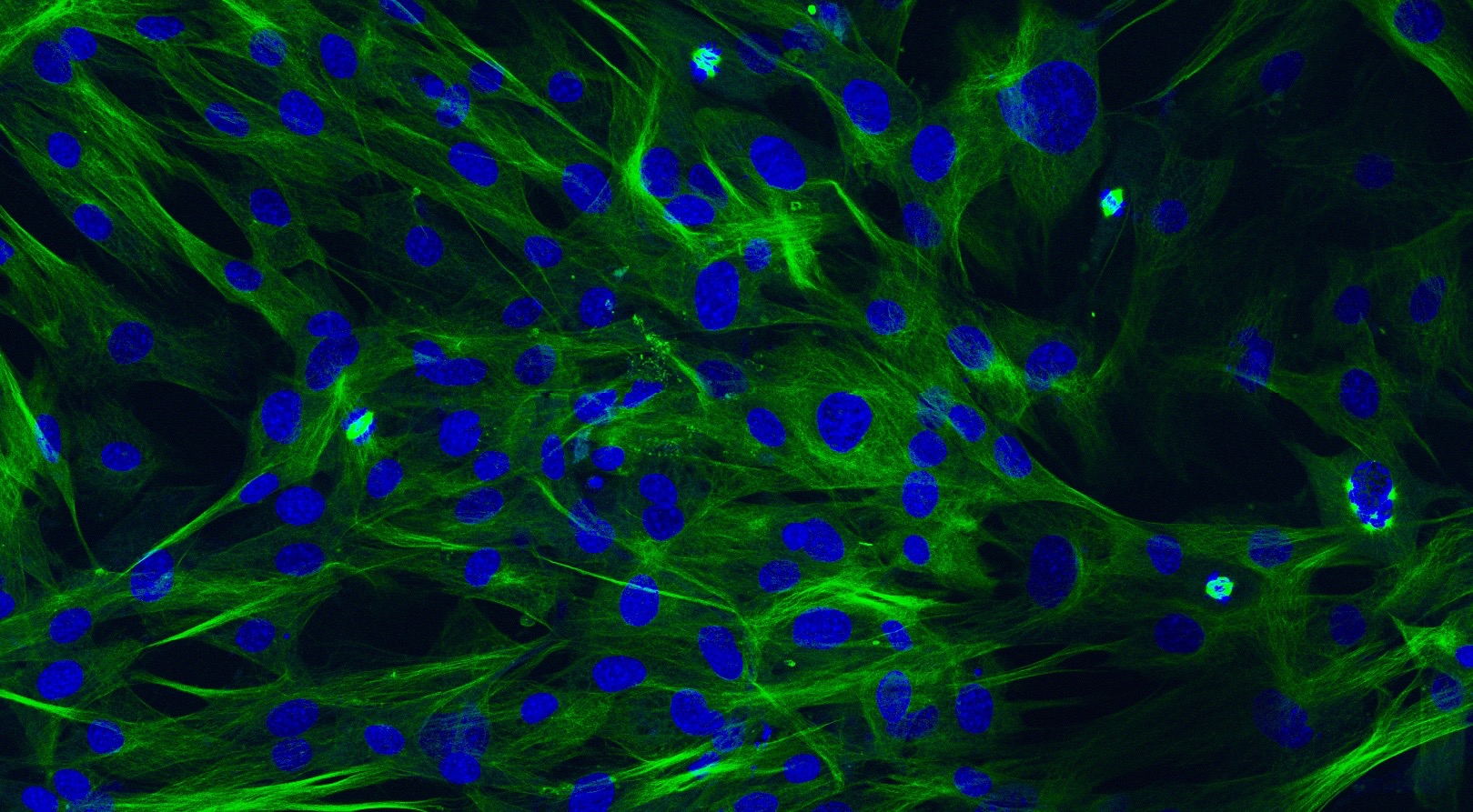Harnessing the Immune System to Combat Glioblastoma
Glioblastoma is heavily infiltrated with immunosuppressive cells that block recognition and elimination of malignancy by the immune system, majorly contributing to the tumor's devastating infiltration, plasticity, and poor prognosis. Our research aims to better understand the signals responsible for this phenotype and how to thwart their effects.
Focusing on the communication between glioblastoma and the bone marrow during cancer-induced emergency myelopoiesis, the lab draws hypotheses from patient-derived materials and datasets, identifying clinical obstacles to treatment. We then utilize state-of-the art, genetically accurate preclinical mouse models to mechanistically elucidate discovered abnormalities. Our overarching mission is to identify novel immunotherapies directly applicable to the modern glioblastoma patient.







Mechanistically Dissect EGFR and PTEN Signaling During Gliomagenesis
There remain many important and unaddressed questions pertaining to how certain EGFR and PTEN somatic mutations are oncogenic. Using novel genetically engineered mouse strains we strive to determine the mechanisms by which glioma-specific PTEN and EGFR missense mutations induce cellular transformation and drive glioblastoma initiation.
Understanding How Driver Mutations Dictate the Composition of the Tumor Immune Microenvironment
Emerging evidence suggests that the cellular makeup and activity of the tumor immune microenvironment is heavily influenced by specific oncogenic driver mutations. Using the most common somatic mutations observed in glioblastoma, we created a series of genetically engineered mouse models which decipher basic components of the crosstalk between neoplastic signaling and the establishment, progression, and maintenance of the tumor immune microenvironment while undergoing standard of care treatment (radiation and chemotherapy) and immunotherapy. Once identified and validated, we aim to exploit these signals for therapeutic applications.
